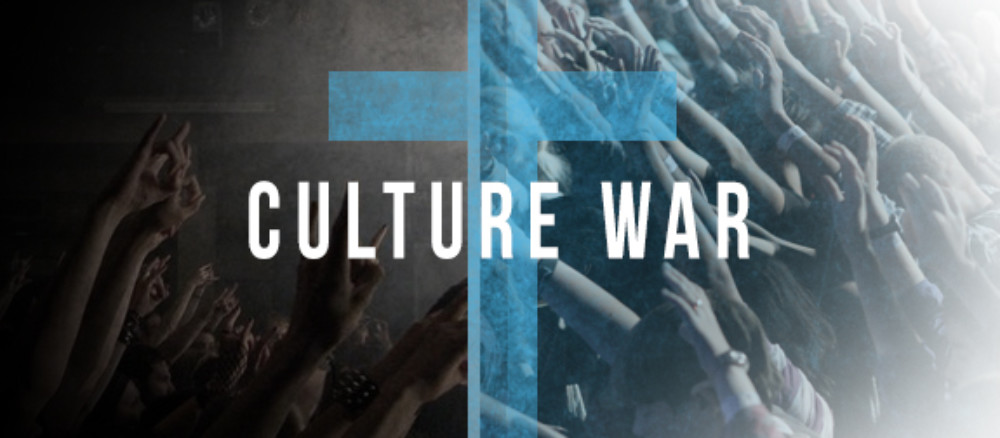
It’s time to wake up. Google is coming for blood, but this ‘small problem’ (see below) is not going to give up quite yet, how bout you? Christians are now killed in more countries than ever before and are persecuted in more countries than any other religious group, and corporations like google want to say they’re “offended.” My message to them, get over it.
Lawlessness, Rumors of War, and insanity are running amok, meanwhile today’s culture is trying to challenge the infallible Word of God, and still failing.
Welcome to the Official Street Preachers Wire, you can listen to this broadcast by either listening to the embedded podcast above – or you can watch along on YouTube. To gain access to all of the reports used in today’s broadcast, please see here.
Google’s new attack
Two weeks after companies began yanking ads from YouTube because they were popping up next to hateful videos, Google is trying yet again to halt the crisis.
Alphabet Inc.’s main division is introducing a new system that lets outside firms verify ad quality standards on its video service, while expanding its definitions of offensive content.
A slew of major marketers halted spending on YouTube and Google’s digital ad network after ads were highlighted running alongside videos promoting hate, violence and racism. Google’s initial response, a promise of new controls for marketers, failed to stymie the boycott. The crisis ignited a simmering debate in digital advertising over quality assurance, or “brand safety,” standards online.
Google has since improved its ability to flag offending videos and immediately disable ads, Chief Business Officer Philipp Schindler told Bloomberg News in a recent interview. Johnson & Johnson, one of largest advertisers to pull spending, said it is reversing its position in most major markets.
Since the boycott began, Google has allocated more of its artificial intelligence tools to deciphering YouTube’s enormous video library. The company is a pioneer in the field and has used machine learning, a powerful type of AI, to improve many of its products and services, including video recommendation on YouTube and ad-serving.
Automatically classifying entire videos, then flagging and filtering content is a more difficult, expensive research endeavor — one that Google hasn’t focused on much, until now.
“We switched to a completely new generation of our latest and greatest machine-learning models,” said Schindler. “We had not deployed it to this problem, because it was a tiny, tiny problem. We have limited resources.”
In talks with big advertising clients, Google discovered the toxic YouTube videos flagged in recent media reports represented about one one-thousandth of a percent of total ads shown, Schindler said.
Still, with YouTube’s size, that can add up quickly. And the attention on the issue coincided with mounting industry pressure on Google, the world’s largest digital ad-seller, for more rigid measurement standards. A frequent demand has been for Google to let other companies verify standards on YouTube.
Google is allowing this now, creating a “brand safety” reporting channel that lets YouTube ads be monitored by external partners such as comScore Inc. and Integral Ad Science Inc., according to a company spokeswoman. – Read More
